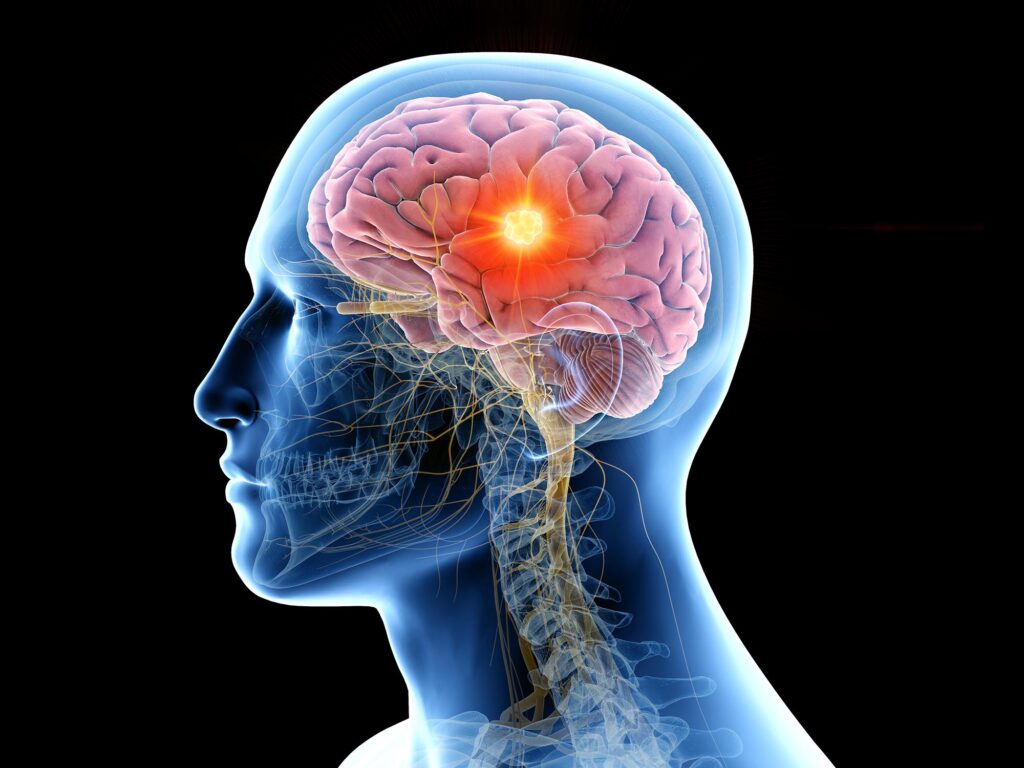Depression is one of the most frequently diagnosed mental illnesses in modern Americans. It is ranked number two on the top five list of mental disorders behind anxiety disorders. Classified as a mood disorder, depression affects thousands of teens, adults and older adults each year. Knowing the struggle that these people go through is difficult without experiencing it. But what you do need to know, is that if you struggle with chronic (resistant) major depression, there is hope. And this hope comes in the form of treatment that does not necessarily require medication like Selective Serotonin Reuptake Inhibitors (SSRIs).
Under general circumstances, a trained Psychiatrist who diagnoses their patient with depression will recommend anti-depressant medication in combination with psychotherapy like Cognitive Behavioral Therapy (CBT) to treat them. Each treatment recommendation is different depending on the patient, and what may work for some patients might not be the best solution for others. With some patients, SSRIs and CBT might not be enough to make the depression go into remission. In other cases, the classic treatment and therapies might work at first and then seemingly lose their effectiveness as the depression returns in spite of continued treatment. When major depression is resistant for weeks, months, or years at a time, and standard treatment proves ineffective, a patient deserves to know that there are other options.
By far one of the safest and most effective treatments in use, outside of traditional medication and therapy, is Transcranial Magnetic Stimulation or TMS for short. TMS is all about taking areas of the brain that are not functioning normally or have a chemical imbalance (serotonin for example) that makes daily functions difficult and stimulating them using an electromagnetic field. The field itself is generated by a machine in similar fashion to the way an MRI works.
Each session takes only 10 to 20 minutes and is highly effective. Patients who have experienced TMS therapy have found at least a 70% success rate, most of them feeling that the treatment was highly effective. TMS uses the latest in FDA approved technology and a process that is not nearly as scary as older methods, such as Electro Convulsive Therapy (ECT). TMS is a process that is done over the course of six weeks of treatment. The electromagnetic fields generated by a TMS machine work by activating inactive or underperforming parts of the brain responsible for mood.
This process essentially re-activates these brain regions in a way that returns them to functioning like a person without depression, and it does this with little to no physical side-effects. TMS therapy is also very noninvasive compared to other forms of treatment like medication or ECT. As a patient, you do not have to worry about TMS being out of pocket, as it is covered now by most forms of insurance. TMS has been proven to be a safe and effective way of treating medication resistant depression.

